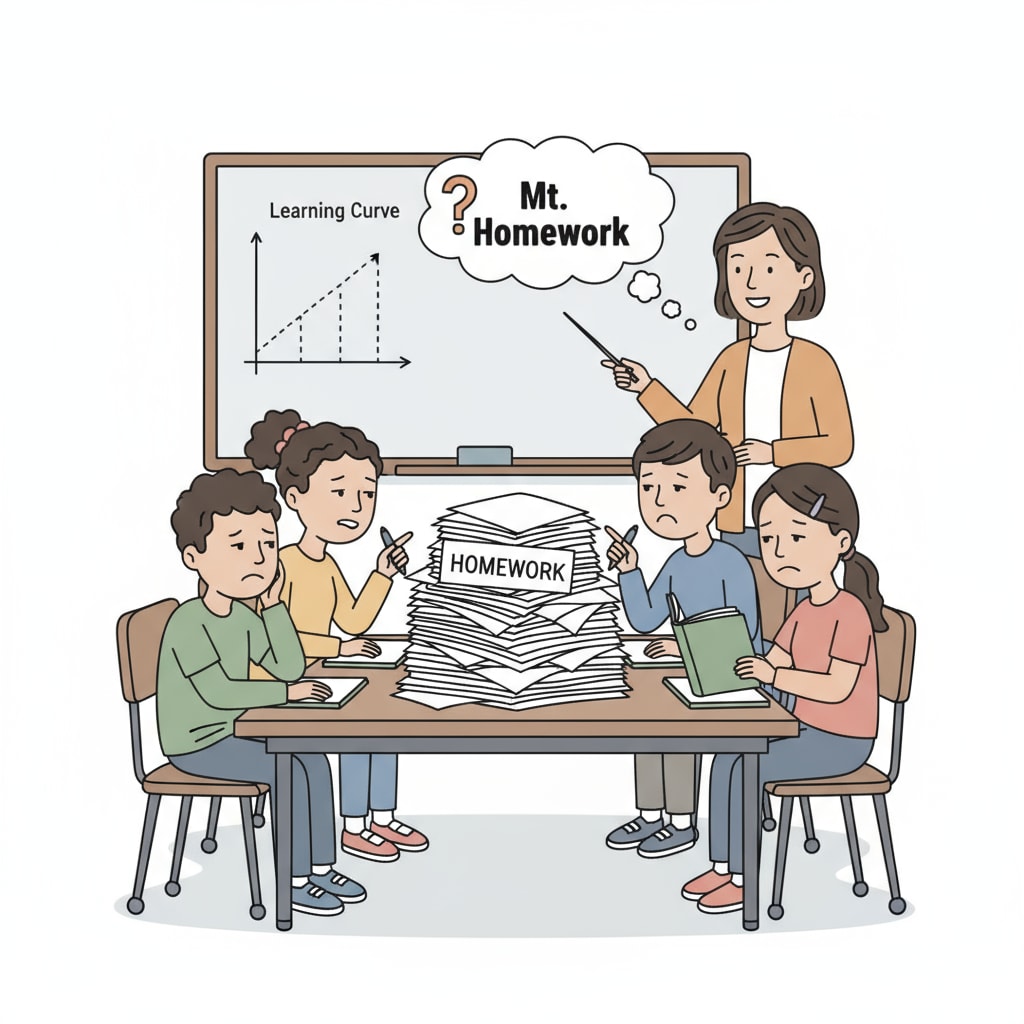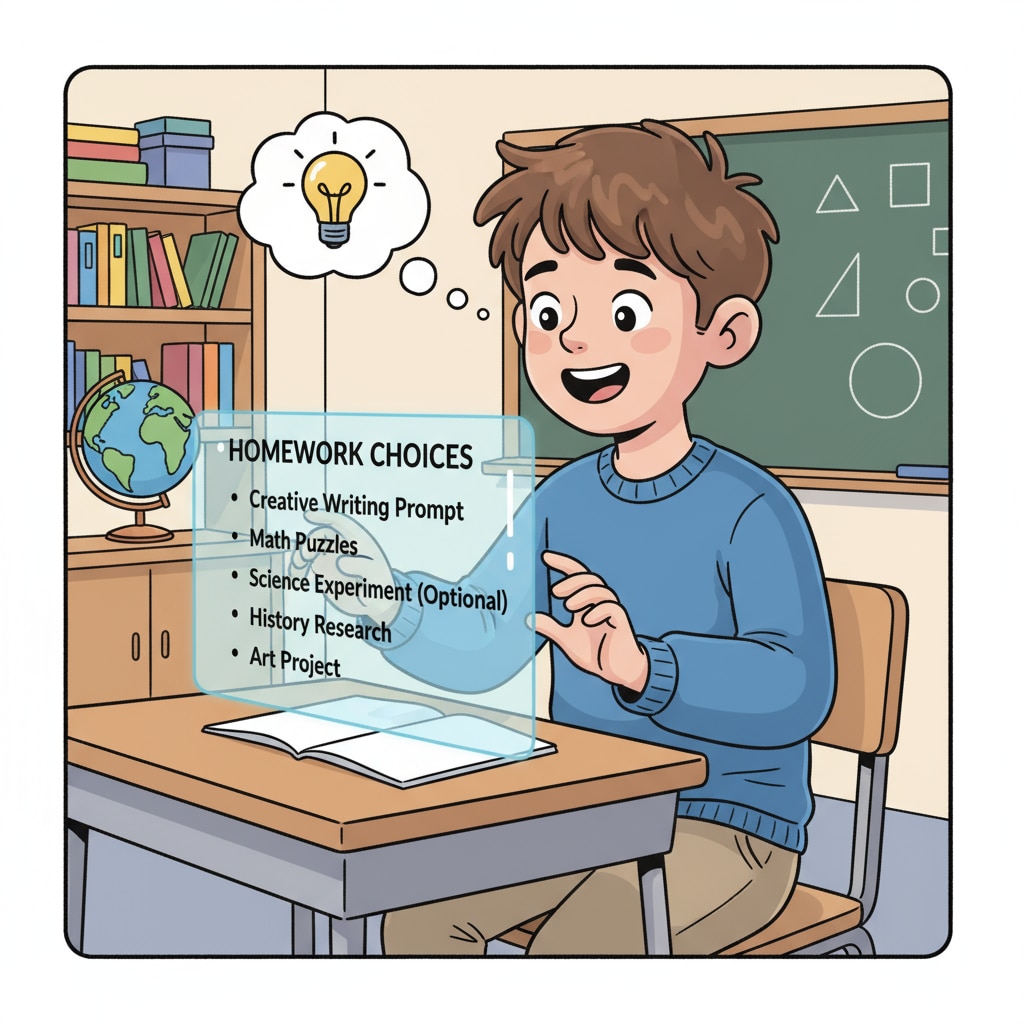In the realm of education, the concepts of homework, student autonomy, and self-motivation are intertwined in ways that can significantly impact a student’s learning journey. The traditional homework system has long been a staple in schools, but it’s increasingly clear that it comes with its fair share of drawbacks. Let’s take a closer look at how reforming this system and giving students more autonomy can unlock their potential for self-motivation and true learning.
The Flaws of the Traditional Homework System
The current homework system often follows a one-size-fits-all approach. Teachers assign a set amount of tasks to the entire class, regardless of individual students’ learning paces, interests, or capabilities. For example, a student who grasps a concept quickly may find the assigned homework repetitive and unchallenging, while another who struggles might be overwhelmed. This lack of customization can lead to disengagement and a decrease in self-motivation. According to The National Education Association’s research on homework, many students feel stressed and unfulfilled due to the inflexible nature of traditional homework assignments.

The Power of Student Autonomy in Homework
Granting students the autonomy to choose their homework can be a game-changer. When students have a say in what they study and how they learn, they become more invested in the process. This sense of ownership leads to increased self-motivation. For instance, an older student interested in science might choose to research and write a report on a cutting-edge scientific discovery instead of doing a standard worksheet. This not only satisfies their curiosity but also encourages them to take initiative and explore deeper. As stated by Edutopia’s insights on student choice, student-driven learning can enhance academic performance and overall learning experience.

Moreover, self-motivation is closely linked to responsibility. When students are given the freedom to select their homework, they also take on the responsibility of completing it. They learn to manage their time effectively and make decisions about what tasks are most important for their learning. This process of self-regulation is crucial for their development into independent learners.
In conclusion, the reform of the homework system to include student autonomy is not just a minor adjustment but a significant step towards fostering self-motivation and creating a more engaging learning environment. By allowing students to have a voice in their homework, we can unlock their true potential and set them on the path to lifelong learning.
Readability guidance: This article uses short paragraphs to clearly present ideas. Each H2 section provides key points. The use of passive语态 is minimized, and transition words like ‘for example’ and’moreover’ are used to connect ideas smoothly.


